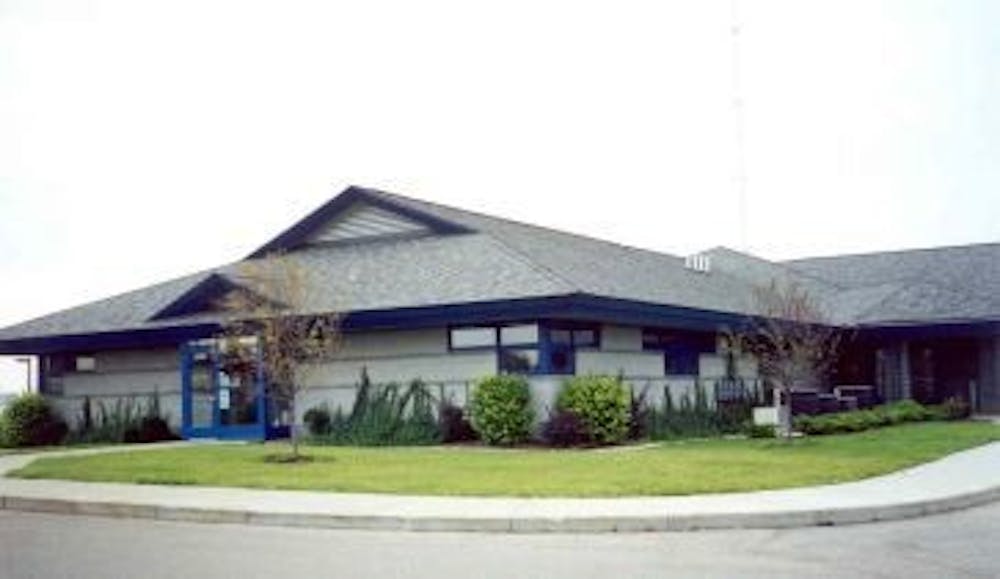How the university tracks students going home to quarantine with COVID-19

The Isabella County branch office of the Central Michigan District Health Department located at 2012 E. Preston St. (Courtesy Photo | Central Michigan District Health Department)
Each morning, Central Michigan University students awake to a text telling them to take a 30-second heath screening. If a student meets the criteria for COVID-19 concern, the student is told to isolate and quarantine.
When the university is notified that a student may have coronavirus, the student is encouraged to go to Wheeler Hall in the Towers Complex. However, if they want to leave Mount Pleasant and head home, they are directed toward the Central Michigan District Health Department.
At the health department, a student fills out a questionnaire about their case. They are also informed about the risks involved in returning home.
After giving the health department their address, a student can go home, said Sue Leeson, the personal health supervisor and communicable disease supervisor of Isabella County. The health department also asks who the student is staying with, whether they are able to quarantine and if it’s even OK to go home.
“Some parents don’t want their kids home if they’ve been exposed,” she said.
Leeson said she is unsure if students who went home have infected others in their hometown.
“I know we’ve had students that left who haven’t called us,” Leeson said. “It certainly helps us to track them if they get sick. Then we know where they’ve been, where they’re at and who their contacts might be.”
University Communication Vice President and chief marketing officer John Veilleux said CMU is not aware of exactly how many students have quarantined at home this semester, only that they are off-campus.
When Tawas City senior Abriele Groff tested positive for COVID-19, she wanted to go home right away. She quickly figured out how to adjust her work schedule, informed her friends about her test results and let her parents know she was coming home.
"(My parents) told me to come home right away," Groff said. "They said they would take care of me and whatever I needed."
Groff heard mixed experiences from other students about quarantining in Wheeler Hall. As a result, she didn't think that CMU would provide the kind of care she wanted.
"If I wanted hot soup, my mom would for sure give me that," Groff said.
For faculty, staff or students who are tested within the CMDHD's jurisdiction, CMU doesn’t usually get results right away. The university’s PCR testing takes 3-6 days to provide results, Veilleux said. Tests taken off campus, Veilleux said, can take as long or longer to offer results.
The delay in reporting can be even longer if people are tested outside of CMDHD's population. That kind of case would be reported to the local health district in the person's home county first, Veilleux said. CMDHD routinely sends inquiries to other health districts regarding cases that may have originated with a student at CMU, which eventually filters its way back to the university.
“If an individual is tested outside CMDHD’s jurisdiction, and they don’t report that case to us, this leads to the longest delay in reporting an official number,” Veilleux said. “What we generally see in these cases is that a student went home because they didn’t feel well. The student gets tested in a different jurisdiction, gets their result and isolates at home."
Veilleux said those students will usually self-report their positive case with CMU because they are missing class. The university is then able to work through CMDHD to track that outside case.
The quickest way to receive a COVID-19 case notice is by a student directly calling the university to inform them of their case. However, CMU does not wait for the CMDHD to report a positive case before it takes action to isolate and quarantine a positive or possible case.
The case is found through an identifier that the health department places. Health department analysts look through cases and see if they’re tagged with CMU through contact tracing, then it’s sent up to CMDHD.







